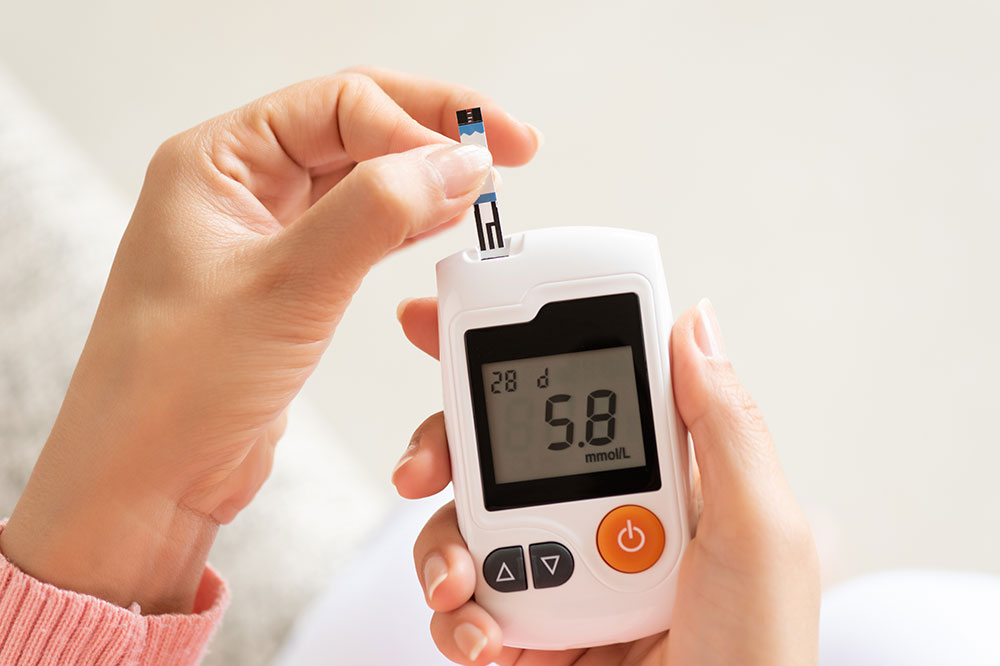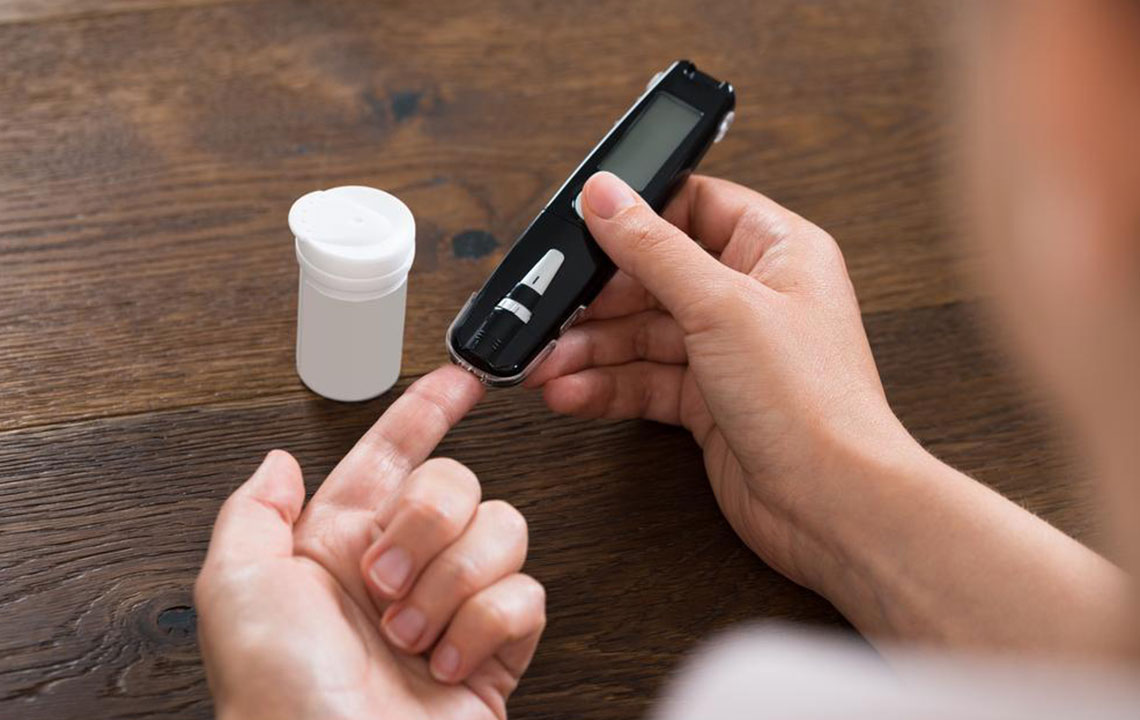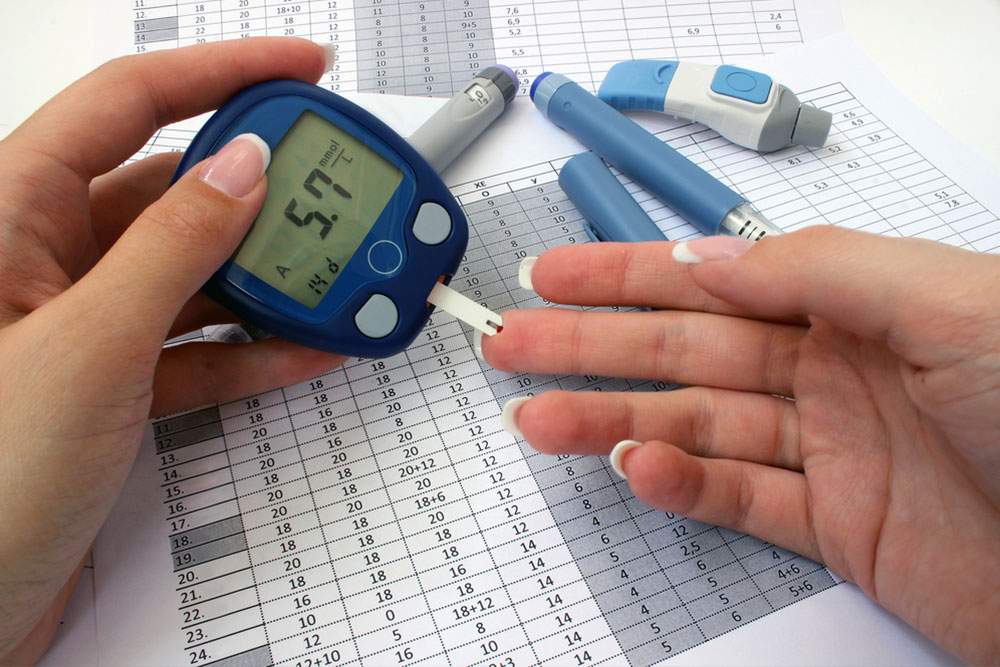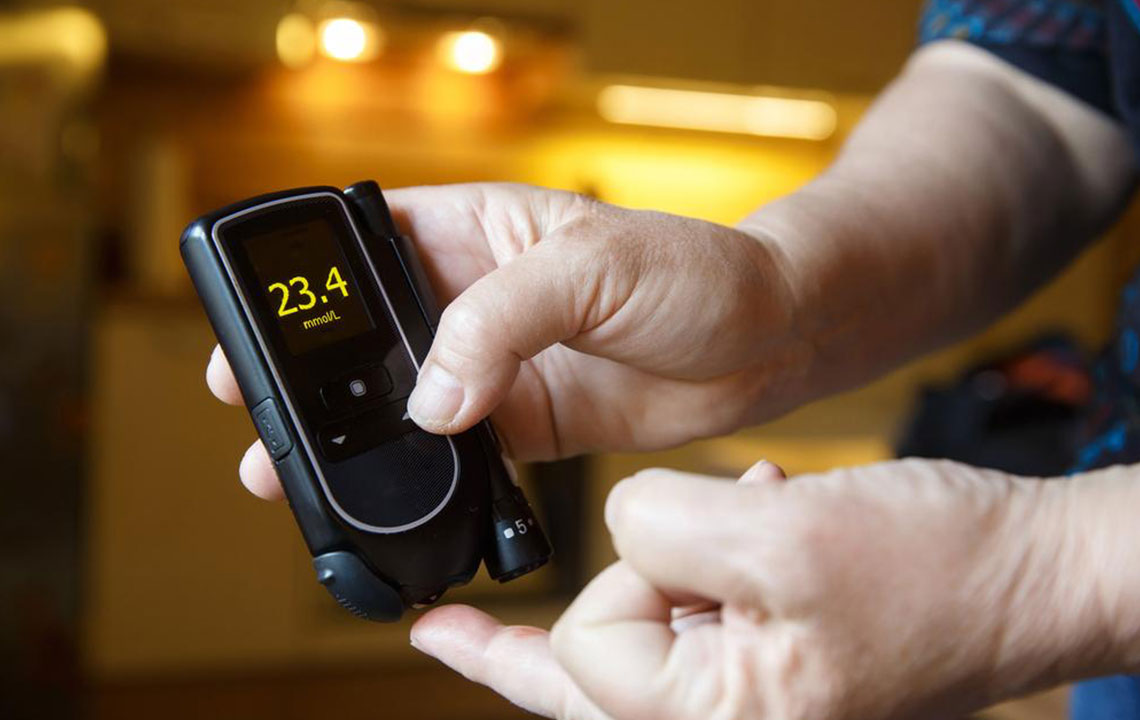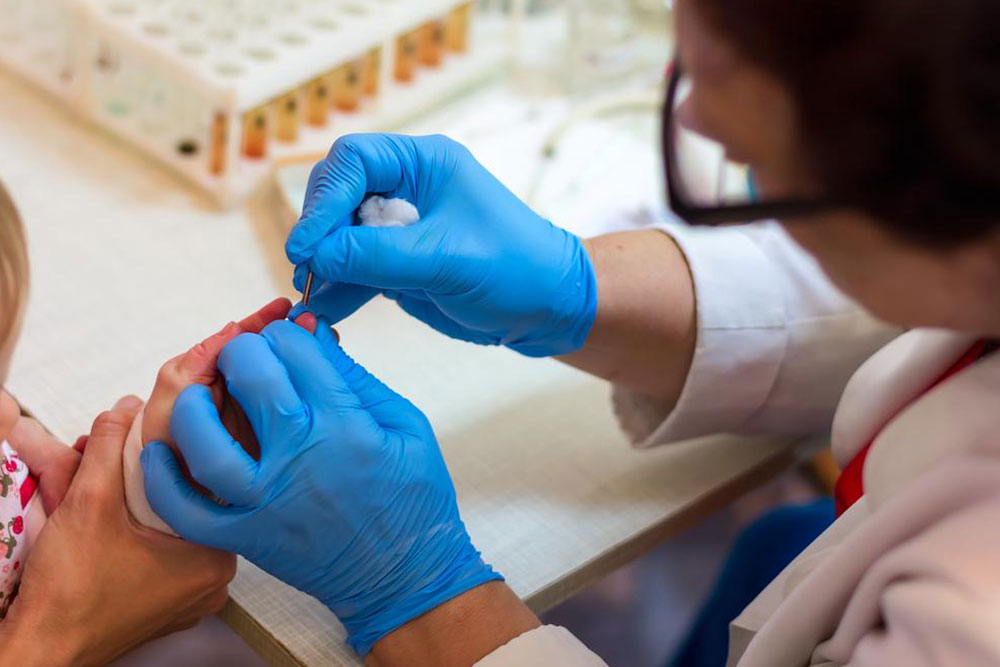Comprehensive Guide to Choosing Free Glucose Monitoring Devices for Effective Diabetes Management
Learn comprehensive strategies for obtaining free glucose meters, choosing the right device, and optimizing diabetes management. Explore insurance options, recommended models, essential features, and maintenance tips for hassle-free blood sugar monitoring tailored to your needs.
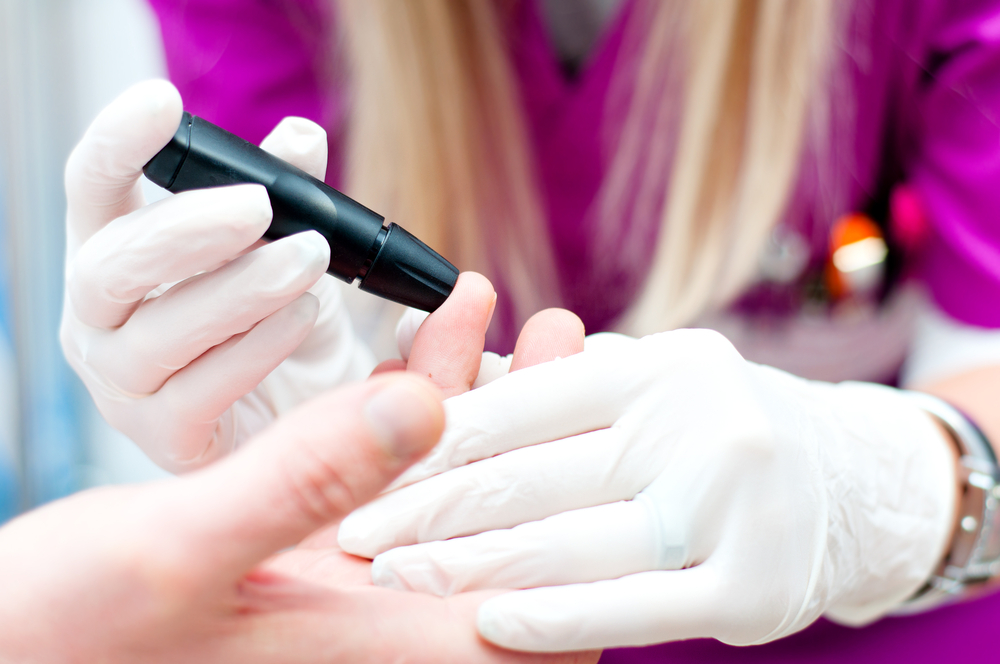
Comprehensive Guide to Choosing Free Glucose Monitoring Devices for Effective Diabetes Management
In-Depth Tips for Selecting a Complimentary Blood Glucose Meter
Managing diabetes effectively requires regular blood glucose monitoring, which is a vital component of maintaining optimal health and preventing complications. One of the most significant routines involves using a reliable glucose meter to check blood sugar levels daily. However, purchasing a quality glucose meter, test strips, and accessories can become a considerable financial burden over time. Fortunately, many insurance plans and health programs offer options for obtaining these devices at no cost or reduced prices. In this comprehensive guide, we will explore how to select the best free glucose monitoring device, what questions to ask, and how to maximize your benefits to ensure consistent, precise, and hassle-free blood sugar monitoring.
Understanding the importance of choosing the right glucose meter cannot be overstated. Not all devices are created equal, and selecting an appropriate model compatible with your health needs impacts your diabetes management success. Below, we delve into how to find free glucose meters through insurance programs, the significance of medical recommendations, and what features to look for to ensure ease of use and accurate readings.
### How Can You Obtain a Free Glucose Monitoring Device? - A Step-by-Step Approach
Securing a free glucose meter involves exploring your insurance options and understanding existing healthcare programs. Start by reviewing your Medicare, Medicaid, or private health insurance plans, as many of these programs include provisions for free or subsidized diabetes management devices. Some key points to consider are:
Insurance Coverage and Options: Investigate whether your insurance plan offers coverage for glucose meters. Many plans partner with specific brands such as Accu-Chek®, OneTouch®, and FreeStyle. While the selection may be limited, these models are often recommended by healthcare professionals due to their accuracy and user-friendly features.
Medicare and Medicaid Benefits: Medicare, in particular, frequently provides coverage for prominent insulin meter brands. Generally, once prescribed by your healthcare provider, these programs can supply you with a free or low-cost device along with testing strips. Check the specific plan details or consult with your insurance provider to know exact coverage criteria.
Community and Health Initiatives: Some community health programs or nonprofit organizations offer free or discounted glucose monitoring devices to eligible individuals. Explore local clinics or diabetes support organizations for potential assistance programs.
### Should You Choose a Meter Recommended by Your Healthcare Provider?
Choosing a device based on your healthcare provider's recommendation is often the safest and most effective approach. Doctors are familiar with various brands and models, and they can advise on the most appropriate device based on your medical history, lifestyle, and specific monitoring needs.
Devices recommended by clinicians tend to be covered more comprehensively by insurance plans and come with validated accuracy and reliability.
Understanding the features of each recommended model helps in selecting a device that seamlessly integrates into your health management routine.
### What to Consider in a Free Glucose Meter: Key Features and User Experience
Measurement and Data Display: Different meters measure blood glucose levels in various ways. Some use digital screens with real-time numerical displays, while others may utilize analog readouts. Consider which format you find easier to read and interpret.
Ease of Use and Maintenance: A user-friendly device simplifies daily testing. Features to prioritize include minimal steps for testing, clear instructions, and durable design. Devices that are easy to calibrate, clean, and store help ensure consistent accuracy over time.
Speed of Results and Data Storage: The time it takes to display results can impact convenience, especially in busy routines. Look for meters that produce quick results—typically within seconds—and those capable of storing multiple readings for trend analysis.
Companion Features and Additional Functionalities: Modern glucose meters often include features like voice prompts for visually impaired users, backlit screens for testing in low-light conditions, or alarms for hypoglycemia alerts. Some devices can record blood ketones and insulin doses, aiding comprehensive diabetes management.
### How to Maximize Your Free Glucose Monitoring Device?
Calibration and Maintenance: Understand the calibration requirements for your device. Regular calibration ensures accuracy, and proper cleaning prolongs device lifespan.
Using the Right Test Strips: Your meter may require specific test strips. Use only those recommended for your device to maintain accuracy, and verify if your insurance covers the cost or offers discounts.
Record Keeping and Data Management: Opt for models that store readings or sync with smartphone apps. Keeping a detailed log helps your healthcare provider tailor your treatment plan effectively.
Staying Informed and Updated: Technology and coverage policies evolve—regularly check for new programs, upgraded devices, and coverage options.
In conclusion, selecting the right free glucose monitoring device involves understanding available programs, choosing a recommended and reliable model, and paying attention to key features that suit your lifestyle. Collaborate with your healthcare provider and insurance representative to ensure you make an informed choice. Properly maintaining your device and recording accurate data are critical steps toward effective diabetes management, helping prevent complications and improving your quality of life.
